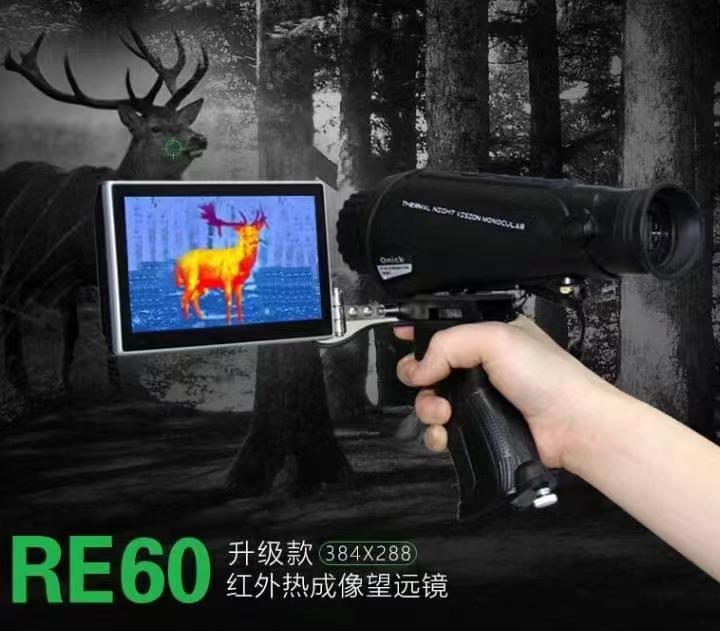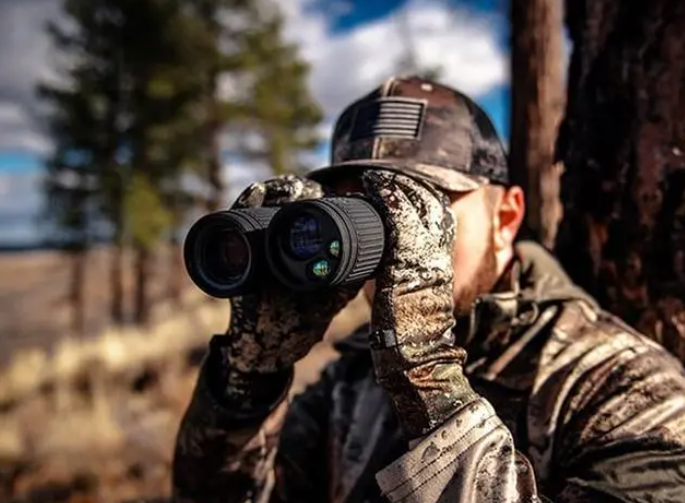Monocular night vision goggles: Due to their lightness and convenience, monocular night vision goggles are often used for casual observation, reconnaissance, and simple navigation. For example, when camping, fishing, or observing wildlife, many enthusiasts will choose monocular night vision goggles.
Comparison of the effects of different levels of night vision goggles

Binocular night vision goggles: Binocular night vision goggles are more suitable for occasions that require binocular observation and more accurate depth perception. It is popular in outdoor adventures, long-term observations, and certain professional tasks. Its binocular design provides a more comfortable observation experience.
Mention the limitations of binocular and monocular night vision goggles
Although binocular and monocular night vision goggles have their own uses and advantages, they also have some common and unique limitations.
Monocular high-power high-definition night vision goggles
Field of view limitations: Compared with four-eye panoramic night vision goggles, their field of view is relatively narrow, which may affect comprehensive observation and rapid response.

Depth perception: Although binocular night vision goggles provide a certain depth perception, there is still a gap compared to natural vision; monocular night vision goggles have more limited depth perception.
Weight and comfort: Binocular night vision devices may be heavier than monocular night vision devices, and wearing them for a long time may affect comfort.
Applicable scenarios: In some complex and changing environments, such as military and emergency rescue, they may not provide sufficient functions and flexibility.
Binocular high-power high-definition night vision devices
In summary, as early products of night vision technology, binocular and monocular night vision devices still have application value in many occasions, but compared with four-eye panoramic night vision devices, they have obvious limitations in field of view, depth perception and applicable scenarios.

